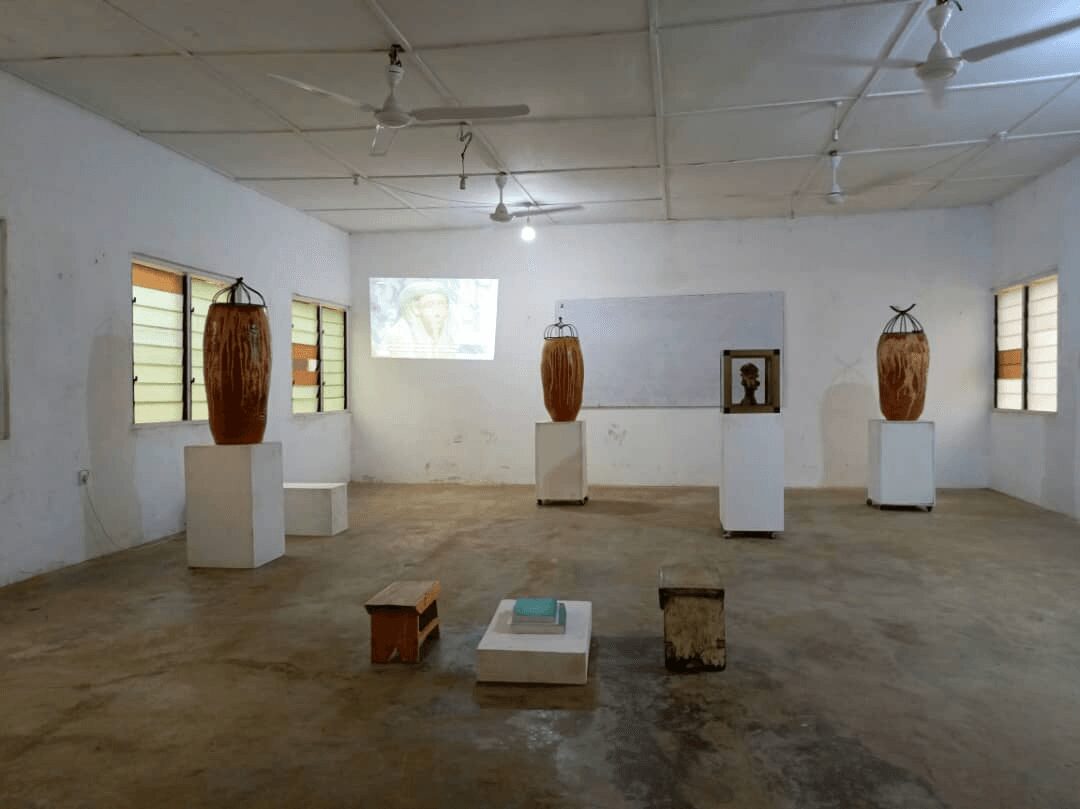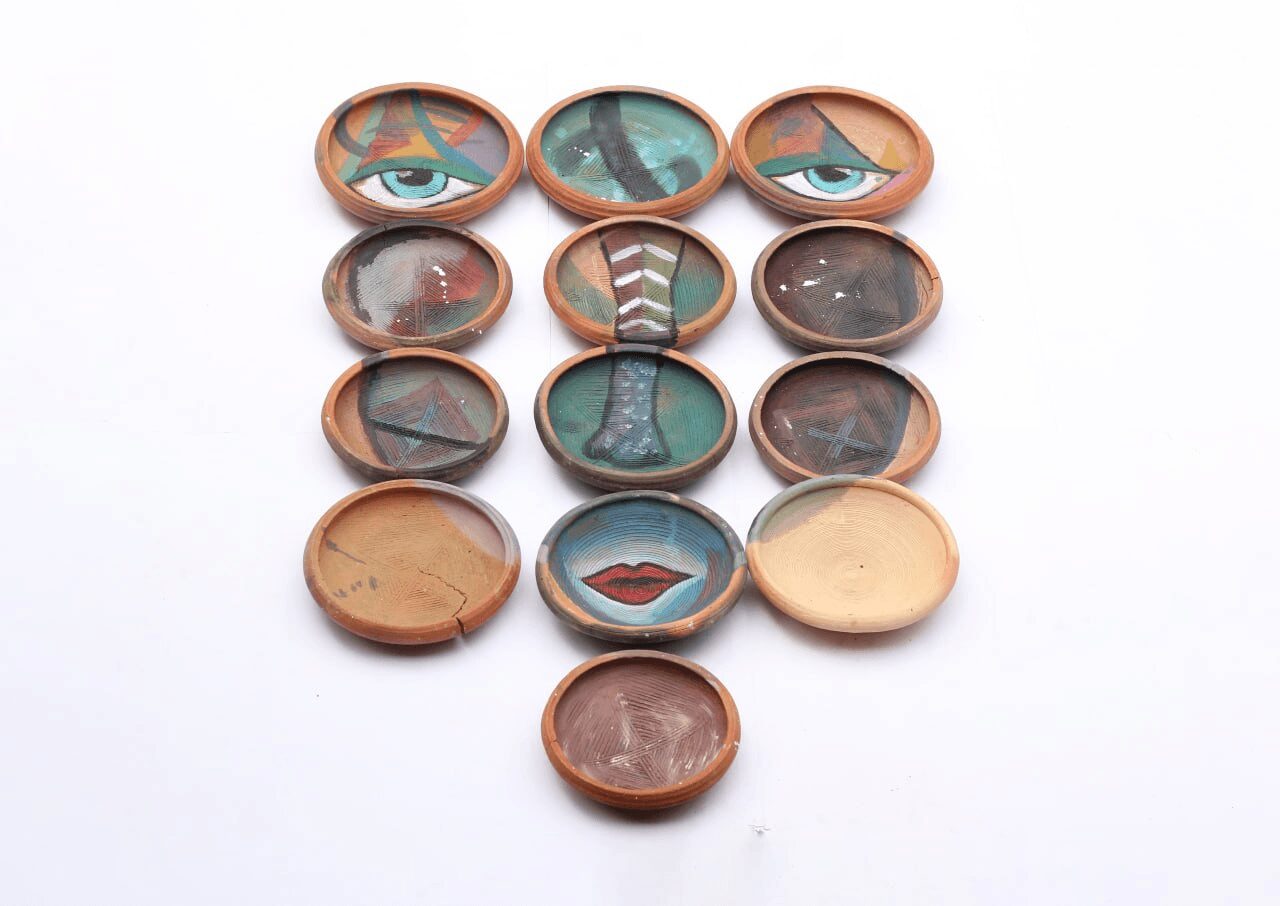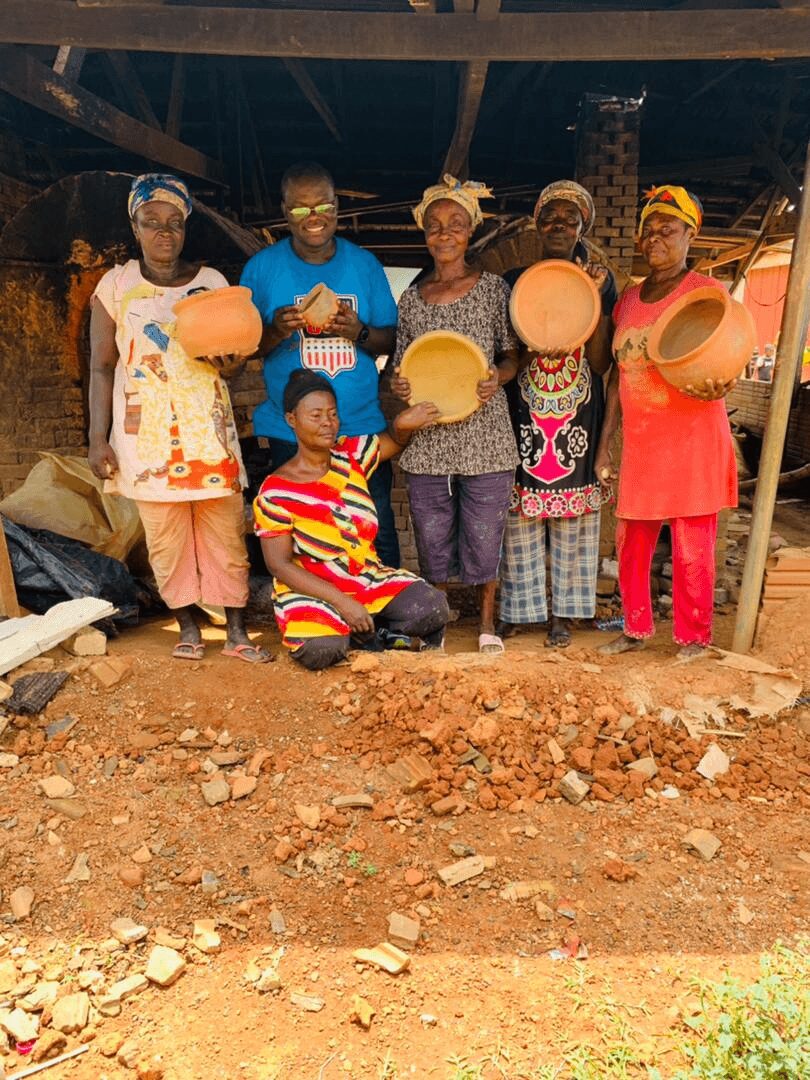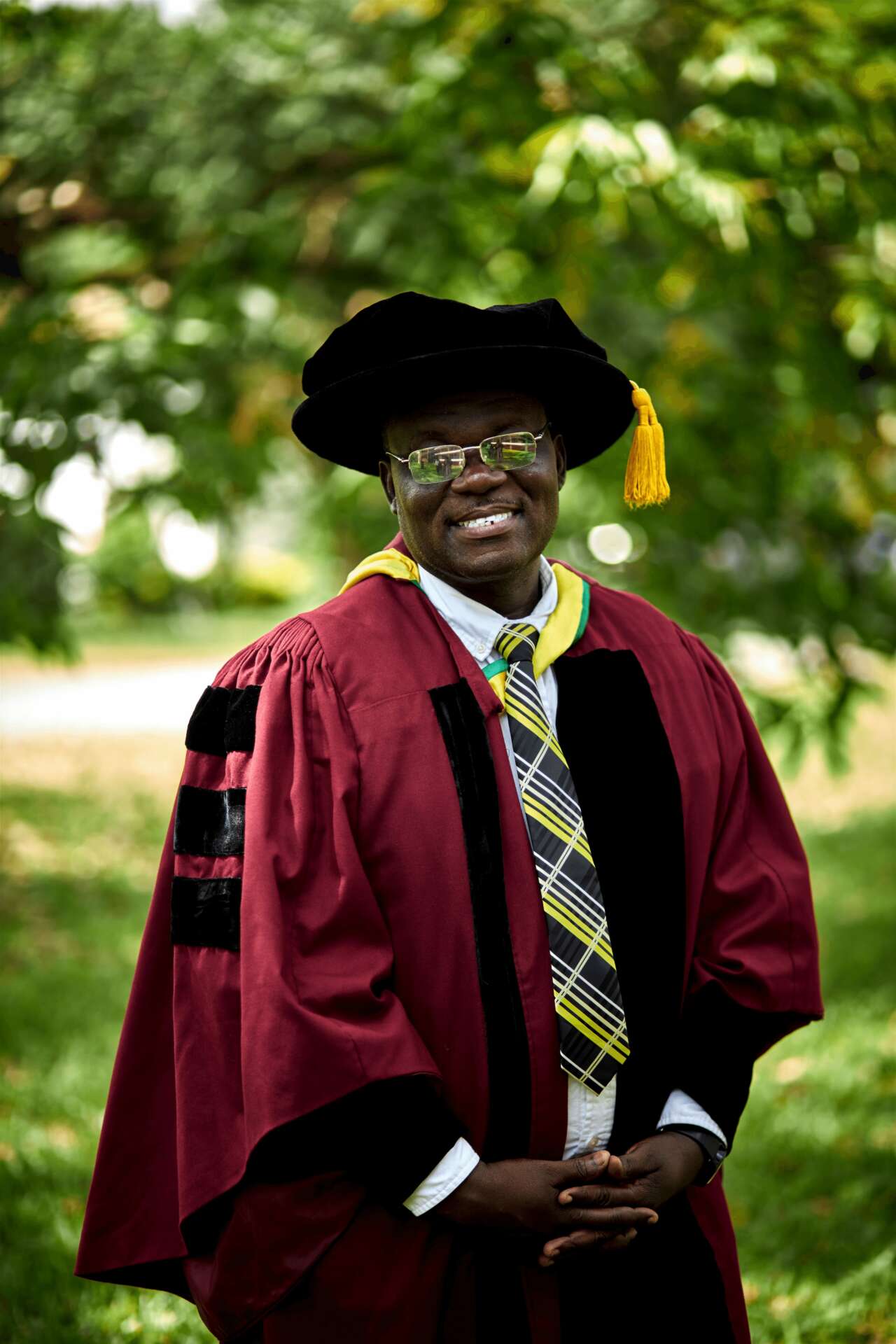We caught up with the brilliant and insightful Samuel Nortey a few weeks ago and have shared our conversation below.
Samuel, looking forward to hearing all of your stories today. Can you talk to us about a project that’s meant a lot to you?
My most meaningful project has been working on a synergy between female traditional potters who have been practicing ceramics for over forty years and female students who are learning ceramics at the University. In Ghana, there are traditional potters who have learnt the profession informally and there are those who learn it formally from the University. I observed that most of these females are unable to practice ceramics after their University graduation. At the side of the traditional potters, I also observed the gap of technical know in terms of kiln design and developments and breaking of monotonous design. So I set up this project as a way of exchange of skills and knowledge. I created the environment where each group felt comfortable whenever they are together. I made several visits with my students to the working sites of these traditional potters. After a stronger relationship has been built, we worked with these traditional potters in design thinking towards innovations in form. This was a huge success as the traditional potters moved from their comfort zone of ceramics production to trying something new. I also brought these traditional potters to the University Classroom and made them “professors” in teaching my students on clay manipulation and the making of earthenware bowls. This project was so meaningful because students moved from knowing the clay to understanding the clay

Great, appreciate you sharing that with us. Before we ask you to share more of your insights, can you take a moment to introduce yourself and how you got to where you are today to our readers.
My name is Dr. Samuel Nortey, a Professor of Ceramics at the Kwame Nkrumah University of Science and Technology, Kumasi, Ghana and also Choir Director/Organist in the Methodist Church, Ghana. I got into Ceramics because I love to manipulate materials such as clay simply because clay obeys instructions. I have been interested in how clay as a material responds to touch especially as an organist how the key pads response to touch from the fingers. This fascinated me to work with clay.
My works generally talks about social issues. I sue my work to engage onlookers to rethink their activity and behaviour in the society. For example, I see begging as a common spectacle on our streets and I use my artworks to push forward the idea of working hard rather than resorting to begging when one has the strength to work. I am proud that I make art through my students. I am proud of how I use my knowledge in sustaining traditional ceramic practice in Ghana through consistent semi-workshops and engagement. I am excited that my students are running all over the globe showing their works and talents

What’s the most rewarding aspect of being a creative in your experience?
The most rewarding thing to me is to see my students and people I train have fulfilment in their profession. As a creative artist, I am excited when my work speaks to people to rethink their decisions.

What can society do to ensure an environment that’s helpful to artists and creatives?
Society should just give art ATTENTION. There is so much that Art can offer to a wounded society. It is through art that we preserve our cultural heritage. Society should donate to Art Organizations in order to have funding in supporting artists
Contact Info:
- Instagram: sammynort2178


Image Credits
No credits. They are all mine


